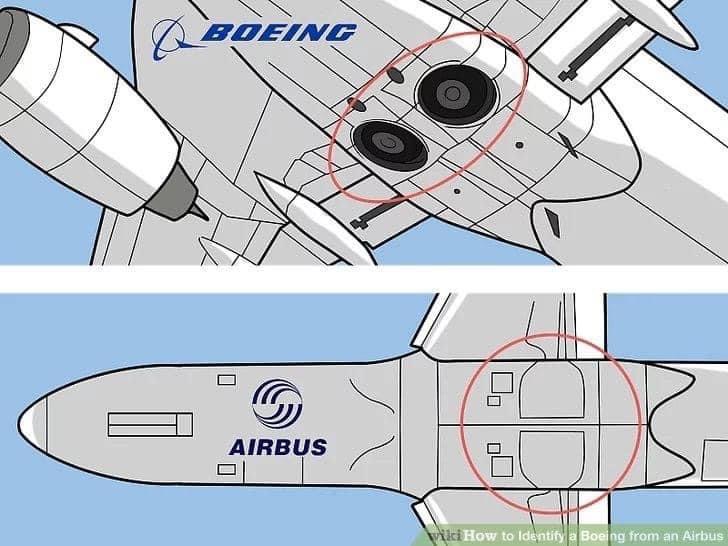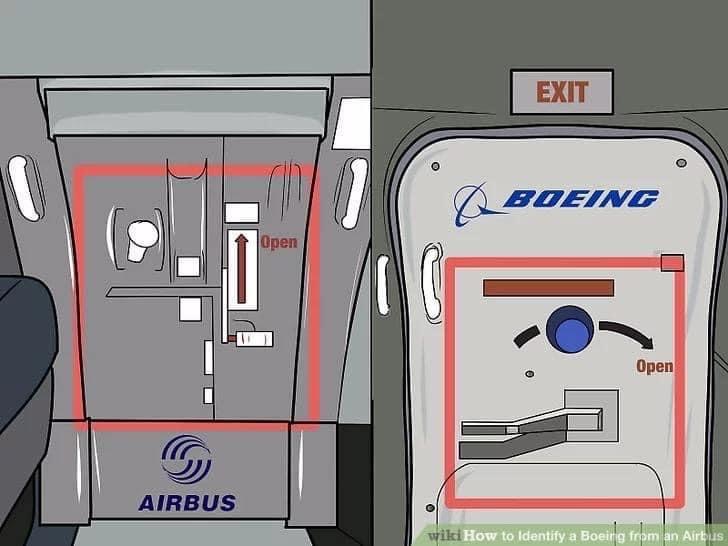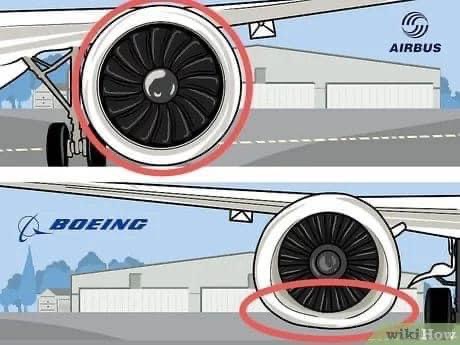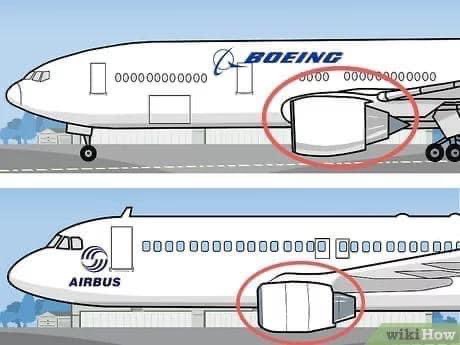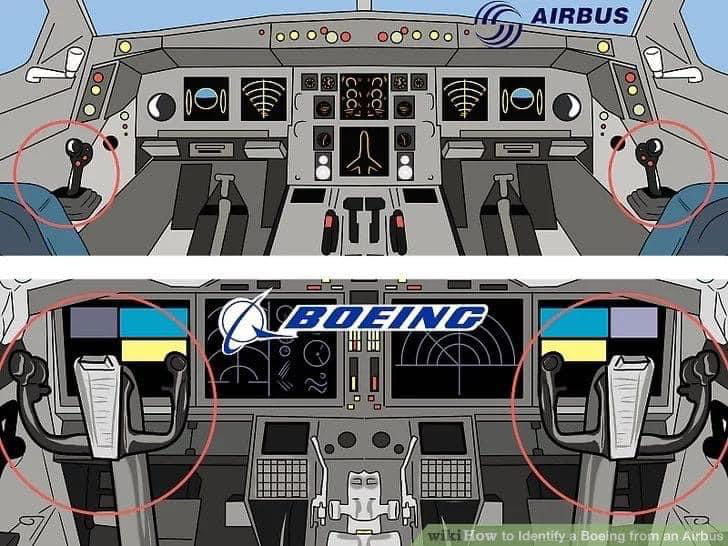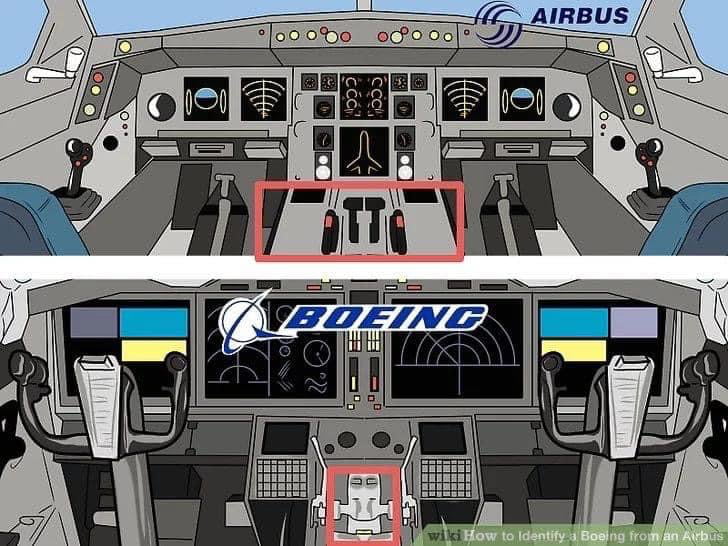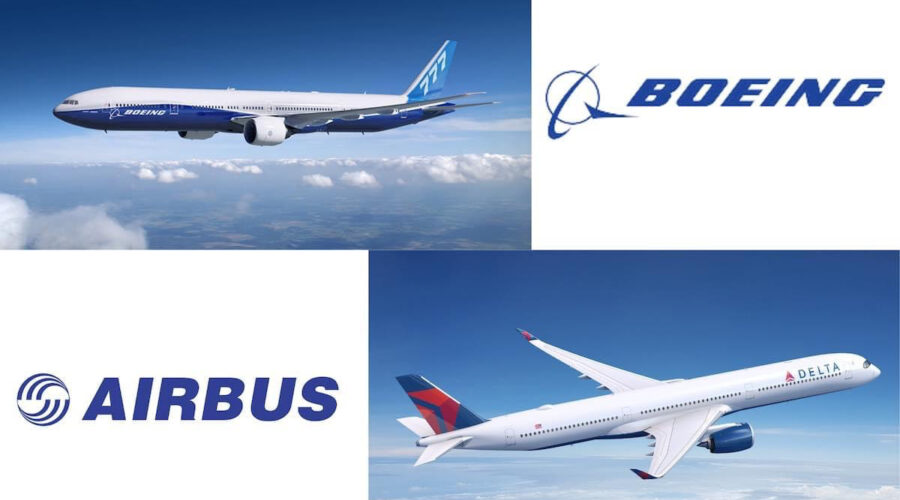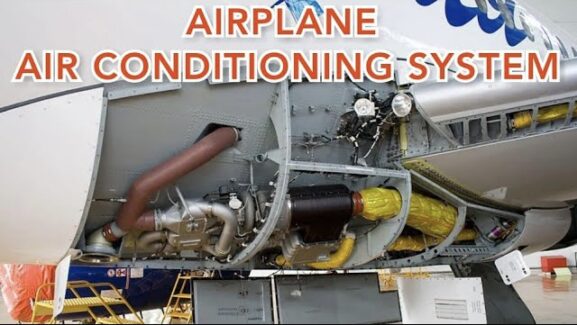Boeing VS Airbus Identification
Boeing and Airbus are the two giants of commercial aviation, each with a unique approach to aircraft design and technology. Boeing is known for a “pilot-centric” philosophy, offering more manual control with a traditional yoke, while Airbus emphasizes automation and “fly-by-wire” systems controlled by a sidestick. In terms of product focus, Boeing has historically excelled in wide-body, long-haul jets like the 787 Dreamliner, while Airbus has dominated the narrow-body market with the A320 family and offers competitive wide-body options with the A350.
Their manufacturing strategies also differ: Boeing, based in the U.S., relies on a global supply chain but assembles primarily in America, whereas Airbus, rooted in Europe, has assembly lines across the globe to serve various markets. Both companies incorporate lightweight composite materials to enhance fuel efficiency, with Boeing often pushing technological boundaries and Airbus taking a more measured, cost-effective approach.
In terms of safety and training, Airbus promotes cockpit commonality across models, allowing pilots to transition between aircraft with minimal retraining, while Boeing typically emphasizes model-specific controls but has moved toward greater fleet commonality in recent years. With dedicated customer bases and an eye on sustainability, Boeing and Airbus continue to shape the future of aviation through intense competition and innovation.


